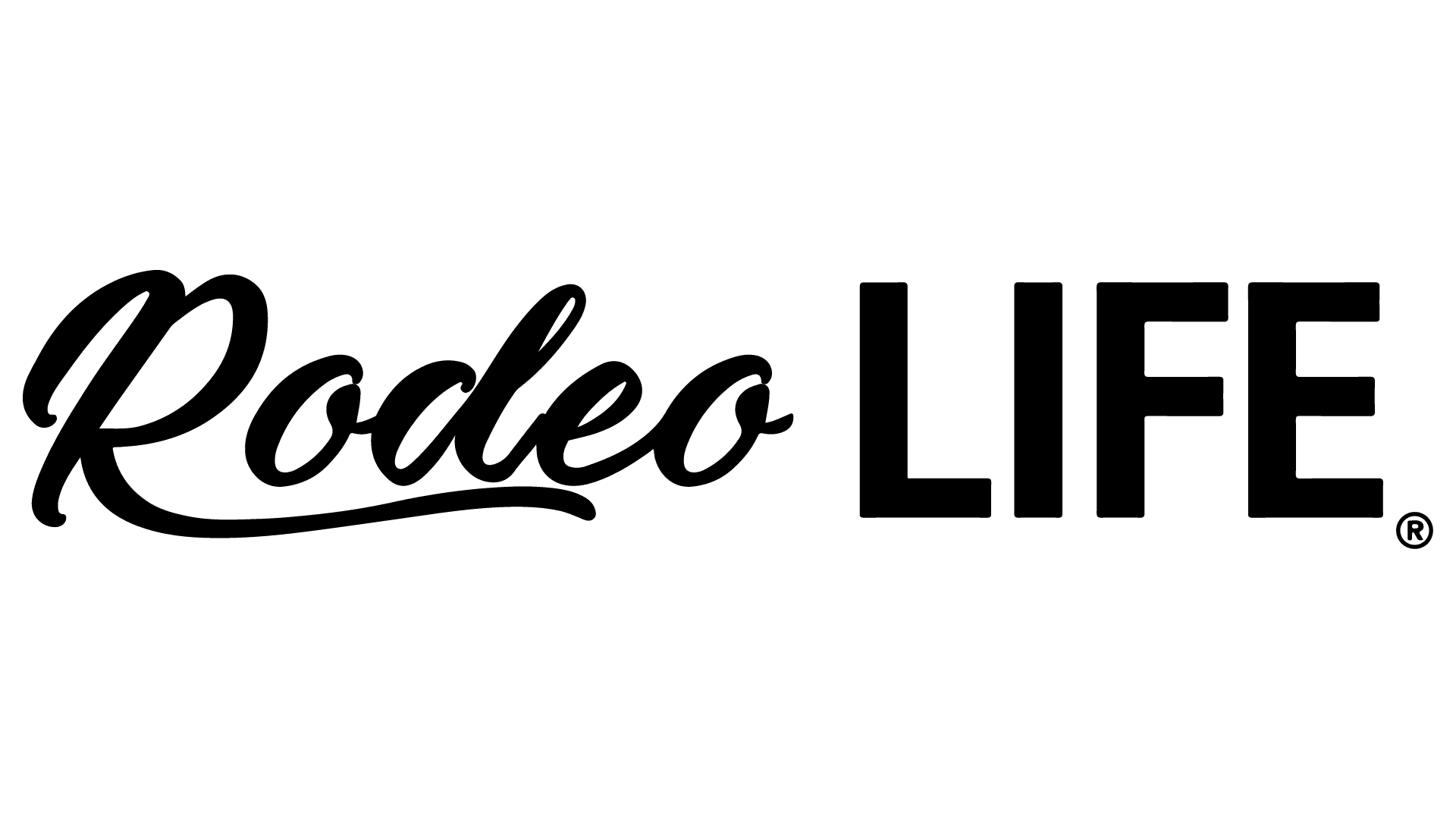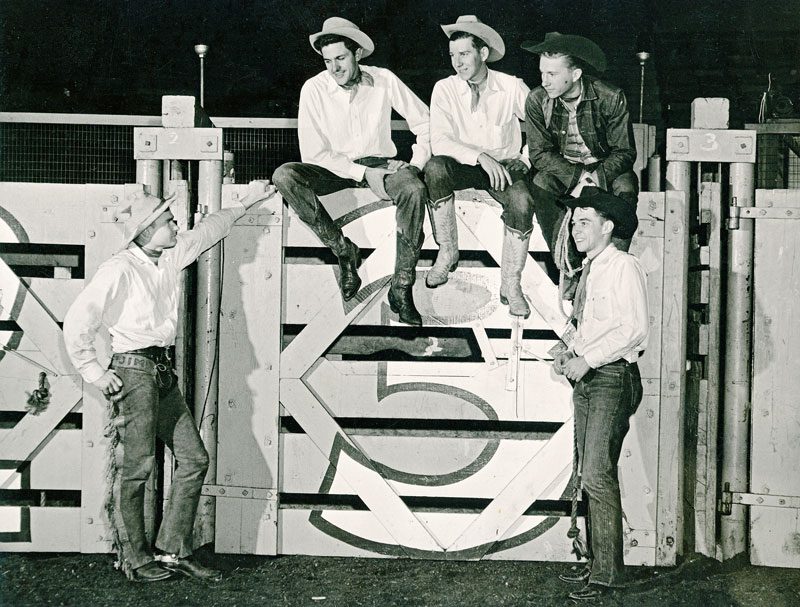A cloud of dark, billowing dust is one of Willard “Bill” Phillips’ earliest memories. Towering several thousand feet, the cloud enveloped Bill and his three siblings while they were playing in the yard on the family ranch 7 miles north of Brownell, Kansas. That day went down in the history books as Black Sunday.
“When that dust cloud came over, it was dark as night,” Bill said. “The dirt came in everywhere. When it was all over, we had to scoop dirt out of the house with a shovel.”
The raging dust storms of the mid 1930s are only a small part of Bill’s unique story. Most of his life is built on a foundation of horses and horsepower.
The Phillips family raised cattle, crops and horses in western Kansas. Bill witnessed firsthand the transition of horsepower from flesh and blood to the internal combustion engine.
“We had about 20 head of horses and a team of mules,” he said. “At harvest they brought horses up from the big pasture and it got exciting sometimes. We had runaways and stuff like that. We used to do everything with horses: cut wheat, haul grain to town, everything.”
Graduating from Trego County High School in WaKeeney in 1945, Bill turned 18 just in time to get drafted by the U.S. Army. He was trained at Fort Bliss as an anti-aircraft gunner.
“I was part of the occupation troops in Japan; of course, we didn’t have any planes to shoot at by then. We walked guard through Tokyo and Yokahoma,” he recounted. “I remember walking along a ridge and looking down after the atomic bomb hit Hiroshima. The people who evaporated were the lucky ones.”
Roughie
A year later – 1947 – Bill was back home to Kansas. He enrolled at Kansas State College just days before the fall semester started and pursued a bachelor’s degree in animal husbandry.
Even though Bill left the ranch when his parents divorced, he continued working on other operations. At what is now Kansas State University, Bill stumbled upon a newly formed club – The Chaparajos.
“That club was for anyone interested in horses, it didn’t have to be for rodeo,” Bill said of the organization that would eventually become the National Intercollegiate Rodeo Association. “We did have a rodeo that first year though.”
The club built an arena on the ball field with posts cut down along the river connected by woven wire. A single roughstock chute stood in the arena with a small backdrop of wooden bleachers.
“That first rodeo I think we were $6.40 in the clear,” Bill said.
As a kid, Bill had some bucket calves trained to ride. And he never passed up an opportunity to try and ride a cow when she gave him the opportunity. But his first official rodeo was inside the arena he helped build in Manhattan, Kansas.
“I didn’t have a rope horse, so I guess that’s how I ended up in roughstock,” Bill said. “It doesn’t make much sense when it comes down to it. It’s a great feeling though when you get one ridden; when you get the job done.”
The first time Bill was on a horse was in the saddle with his dad on the ranch. He eventually rode their stud – Ned. Of course, that was always bareback. Perhaps that’s why Bill was more skilled out of the saddle in the rodeo arena.
“I tried saddle broncs about five times, and I got some of them ridden, but I couldn’t make it look pretty,” Bill explained. “That’s the ultimate rodeo event – it takes a lot of skill. To me, that’s a tough event.”
On Tan Bark
Even though college rodeo was still in its infancy, qualifying for the College National Finals was coveted. Bill managed to do it twice, first in 1949 and again in 1951. Both times he rode in the Cow Palace in San Francisco.
“At the time, the Cow Palace was the last stop for the professionals before the finals,” Bill said. “That was big time rodeo to ride there. It was a totally different world from the arena in Kansas.”
It was on the tan bark floor of the Cow Palace that Bill became fast friends with Slim Pickens who was a bull fighter at the time. Stuck in the vortex of his bull’s spin move, Bill finally came off.
“This bull was right in my face and Slim Pickens just reached across and slapped that bull in the face,” Bill said with a chuckle. “I’ve considered him a friend ever since that day. He was one of the best bull fighters I’ve ever seen.”
The tan bark of the Cow Palace was a far cry from the lumpy hog pen Bill was used to back in Kansas. A stock contractor by the name of Slim Pickering had an old chute he let the rodeo team use to practice.
“The arena was an old hog pen that was rooted up and dried out, there were big old clods out there, so it wasn’t a nice place to land,” Bill said. “It’s completely different from what they have now with Weber Arena.”
After college, Bill found himself in Ensign, Kansas, giving veterans hands-on training so they could learn how to farm. Four years later Bill earned his master’s degree from Fort Hays Kansas State College, which is now Fort Hays State University.
Way Out West
It was time for Bill to experience another part of the country. His degree in range management set him up well for a long career with the Bureau of Land Management.
“I rode a lot in my work. One time we had to ride out 7 miles to find the horses and then run them back those 7 miles to the trap we set,” Bill said about his job as an area manager in Burns, Oregon.
A good horse was an essential element for Bill to do his job well. One of his horses would hop up into the rack on the back of his pickup. Growing up in post-depression era Kansas made Bill efficient and resourceful, which led him to this unique hauling scenario.
One very specific day of running horses into a trap sticks out as Bill’s very best day of his life. With a herd of 100 wild horses ahead of him, Bill knew the trap wasn’t big enough for them all.
“I was on a horse called Roanie, and I tried to get down into the middle of them to split the herd into two,” Bill explained with a smile spreading wide across his face at the memory. “I was in the middle of those running horses for about a mile. It was one of the highlights of my life as far as adrenaline goes. That was my best day running horses.”
When Bill first started with the BLM, fences were few and far between. He could ride for 60 miles before ever seeing one. It was very different country from what Kansas was and still is.
Bill spent 20 years in the Burns District before transferring to Susanville, California, in 1980. He finally retired from the BLM in 1995 and eventually made his way back home to Kansas, but not before leaving his mark on both the land and animals.
Mustang Man
Always a student of good horsepower, Bill began noticing some horses with primitive colors and stripes. A herd management area was set aside for horses with dun and grulla coats accompanied by dorsal and leg stripes, which were all considered primitive markings.
“There were very few left on the range when we started gathering them, maybe about 1 in every 400 horses was a dun or grulla,” Bill said. “People were really interested in them, and they brought a ton of money. Some sold for $10,000.”
Bill and his coworkers – Ron Harding and Chris Vosler – didn’t know that they were rounding up some of the foundations of what would later become the Kiger mustang. They’re recognized by the International Alliance of Kiger Breeders as helping establish the Kiger mustang as it’s own breed.
As a range management specialist, Bill also worked with the experimental stewardship program which had a special focus on improving grazing conditions. Their committee represented all stakeholders who had vested interest in public lands.
“Prior to 1934, the land was so overgrazed that they thought ranching using public lands was going out of business,” he said. “Raising forage on the open range, that’s what ranching is at its core.”
The Taylor Grazing Act of 1934 was supposed to help stabilize grass production for ranches, but it took a while for the act to be enforced. Bill was part of rejuvenating the grazing land.
“All the energy for life on earth comes from the sun,” Bill said of the fundamentals of ranching. “The sun hits the growing plant which takes in carbon dioxide from the air and water from the ground. That’s the way the plant grows. Ranching is capturing that energy from the sun to serve people. To me, that’s one of the biggest miracles of the world, the miracle of grass plants capturing solar energy to feed people.”
Now at 95 years young, Bill’s time in the saddle is a distant, but fond memory. And even though his time in rodeo was more than 60 years ago, he’s still an avid follower of the sport.
“I have tv now and I like to watch rodeo,” Bill said. “I like to watch those roping and dogging horses – they sit there on tippy toes before they come out of the chute. I enjoy watching them because they know what the game is.”
For Bill, life has been focused on horses in some way or another. Just because he needs a walker to get around, doesn’t mean that’s changed, it’s just moved to a screen.
“I’ve led an interesting life. I probably would’ve become a good bull rider if I had worked hard enough at it,” Bill said. “I didn’t win any gold buckles, but I was a competitor. I’m glad I participated in [rodeo], I think it’s a great sport.”









